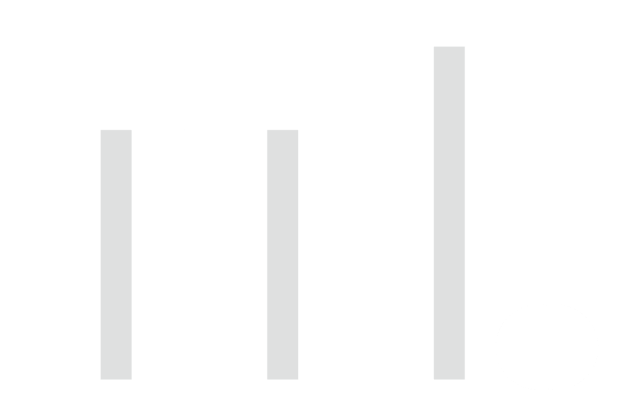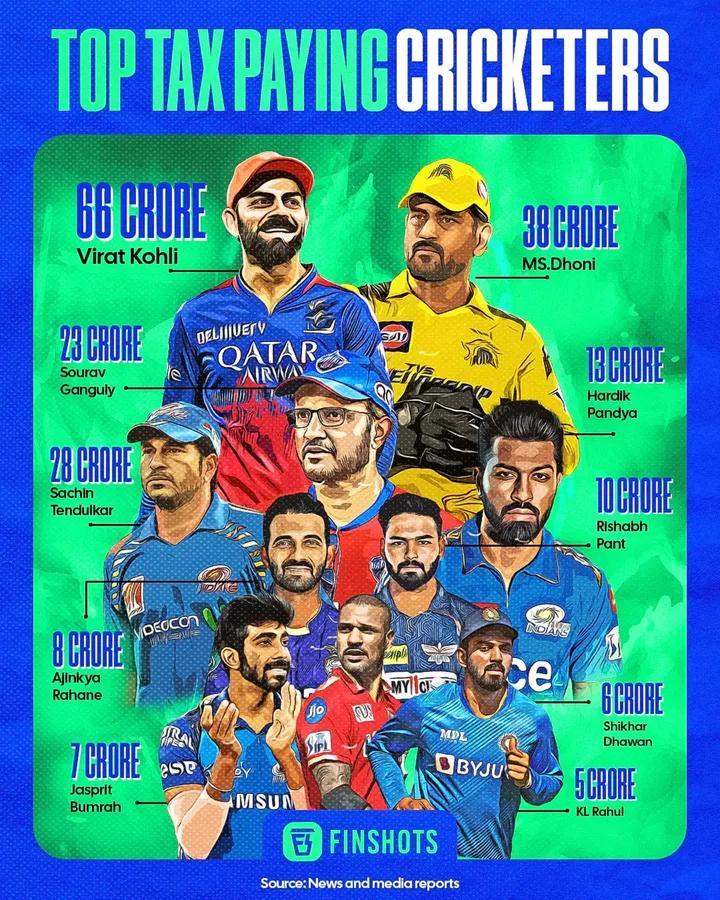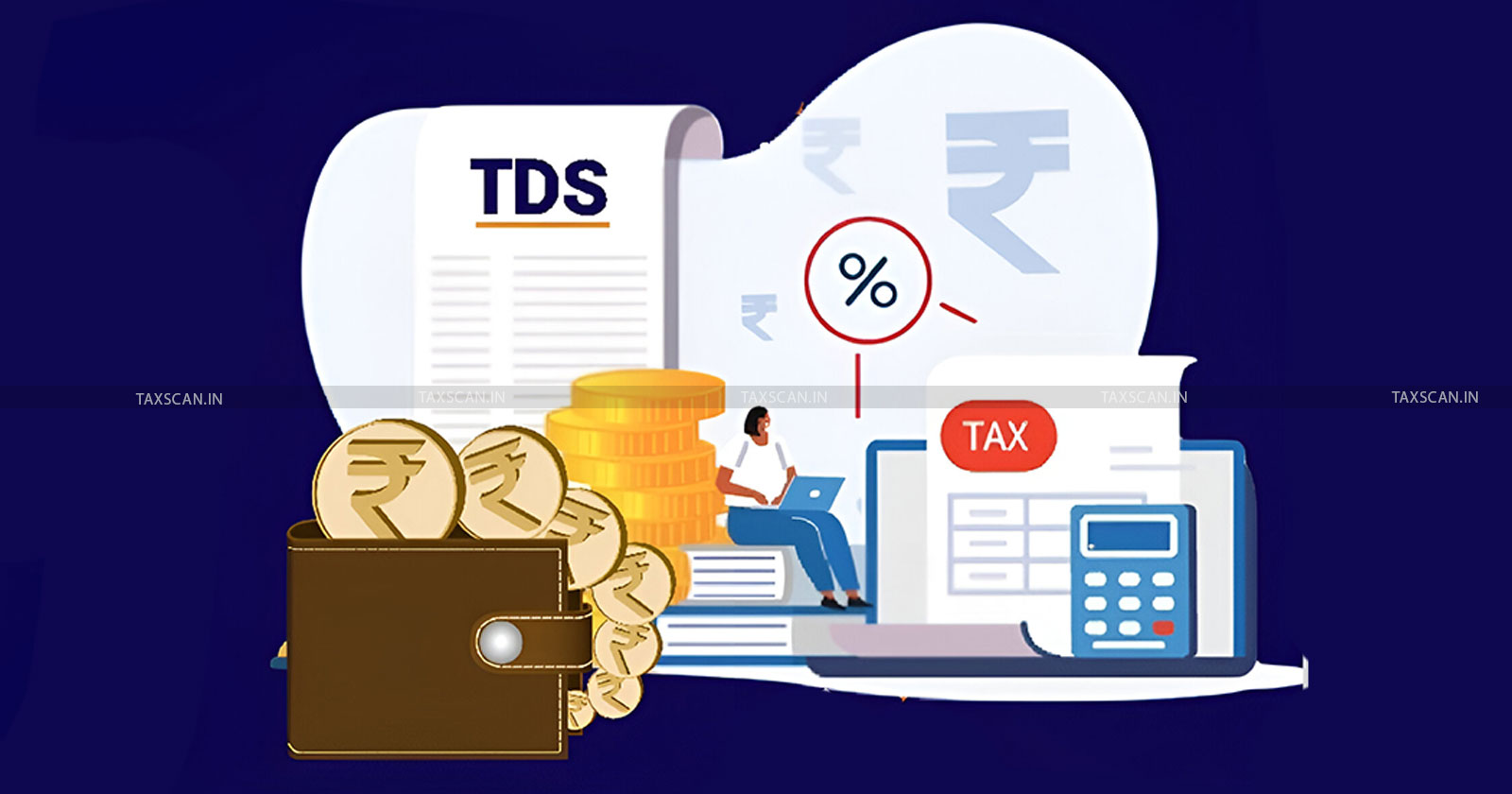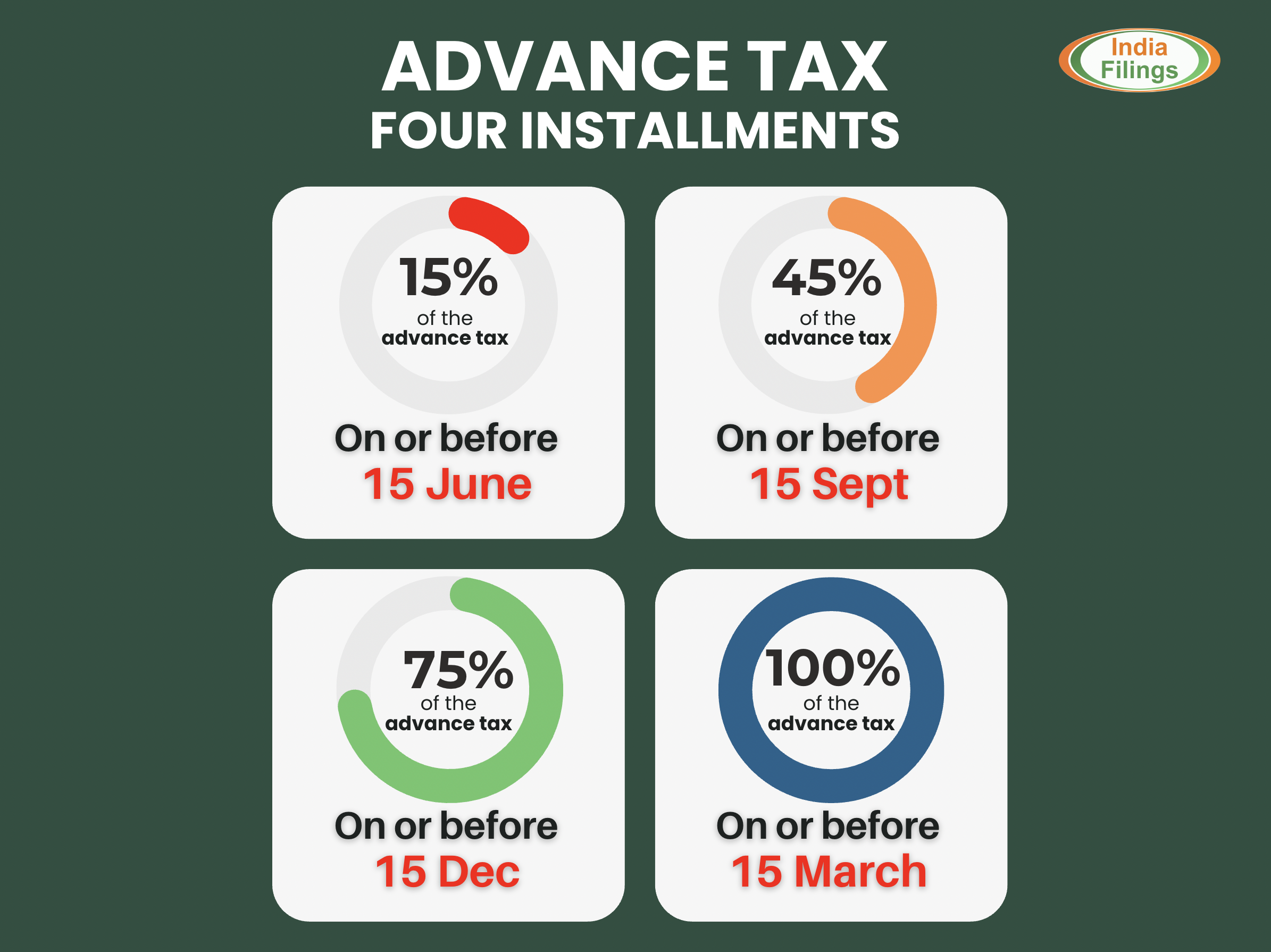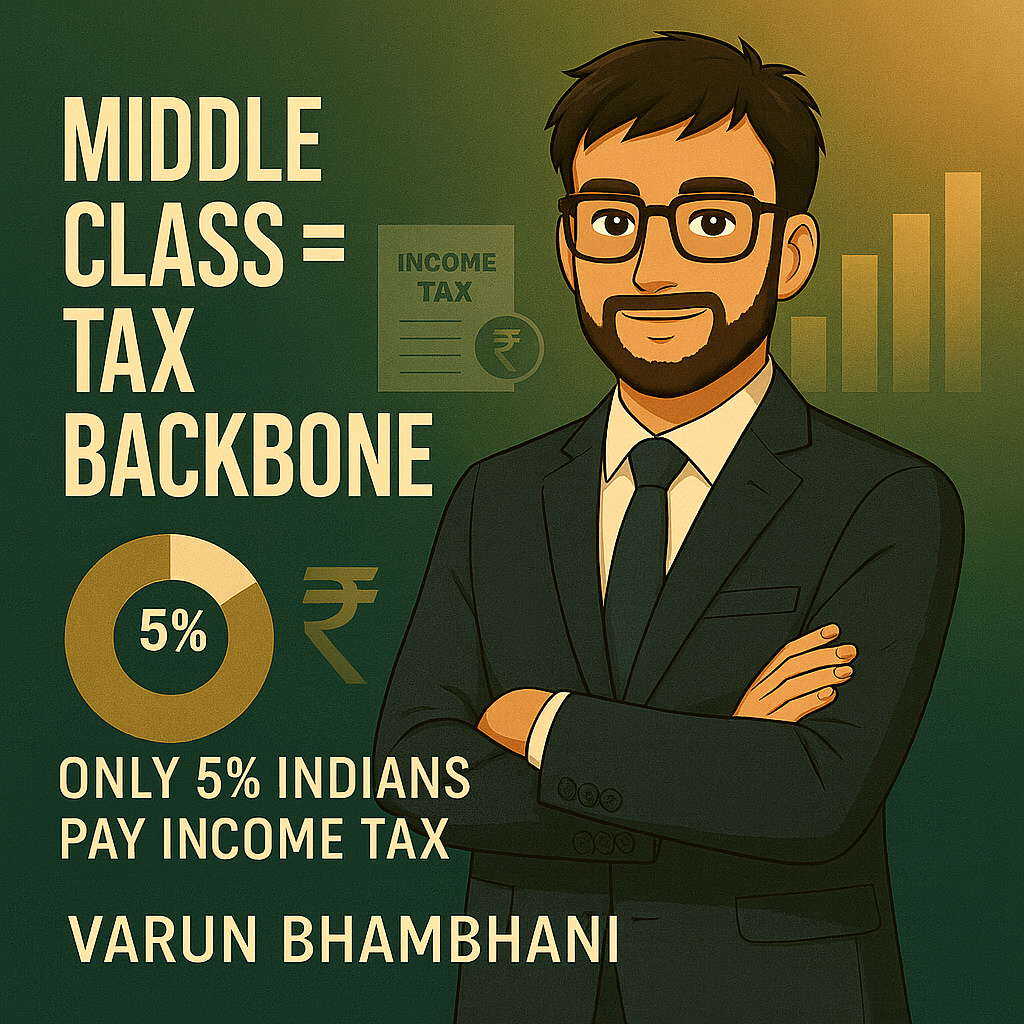Back
Hiral Jain
CA inter • 1y
Greetings everyone! So in a previous post, I spoke about the tax system let's take a deep dive into it! India follows a progressive taxation system, i.e. tax is imposed on their income, but this isn't fair, especially for paid employees! It's because a paid employee gets their income in hand after the deduction of all the direct taxes. Whereas a person who runs a business has an upper hand because the government collects taxes out of their total profits, let's take an example: I run a clothing brand which is focused in graphic street ware and I print my designs And purchase the shirts from a manufacturer and print and sell them, at the year-end I generate revenue of 10L on which I'll deduct raw materials, wages, depreciation etc. After all these deductions I have 2L in my hand now. As I said earlier according to our tax slabs a person whose income is below 2.5 lakhs isn't going to pay any tax so I pay zero tax! Until next time!! Check the comment section for a secret!
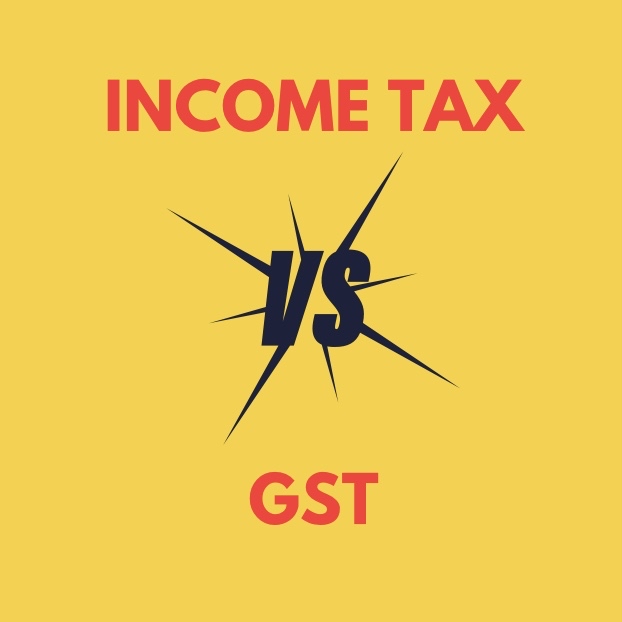
Replies (13)
More like this
Recommendations from Medial
Ashutosh Mishra
Chartered Accountant • 1y
GST Thread 2 What GST brings along with it - 1. Value added tax and no cascading of taxes - GST is only on the value added by the manufacturer and being a value added tax at each stage it avoids double taxation Example - If I purchase plastic fr
See MoreDownload the medial app to read full posts, comements and news.

